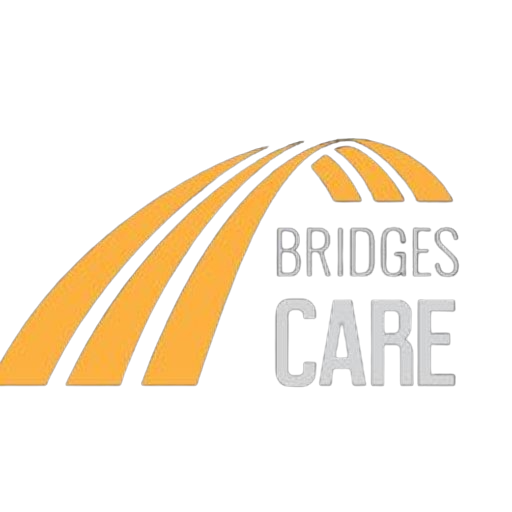Ever since the inception of the National Disability Insurance Scheme (NDIS), numerous individuals with disabilities across Australia have experienced significant improvements in their quality of life. Through the comprehensive range of services offered by the NDIS, people facing disabilities have gained access to invaluable information and interventions that enhance various aspects of their lives, encompassing their living environment, workplace dynamics, and social requirements.
Among the array of services provided by the NDIS, Positive Behaviour Support stands out as a pivotal program, specifically designed to aid individuals confronting cognitive or intellectual challenges. Acknowledging that challenging behaviours can present complex situations, the NDIS recognizes that with the right environment and appropriate interventions, these behaviours can be reduced or even eliminated. The Positive Behaviour Support program by NDIS is dedicated to closely collaborating with participants to address their needs while respecting their autonomy and independence. This article offers an in-depth exploration of the mechanics of the Positive Behaviour Support initiative.
Understanding NDIS Positive Behaviour Support
Your NDIS plan encompasses three primary support budgets: Core Support budgets, Capital Supports budgets, and Capacity Building Support budgets. Positive Behaviour Support falls under the category of Improved Relationships, a subcategory within the Capacity Building Supports budget. What does this signify? Capacity Building Supports are primarily aimed at enhancing the individual’s skills to foster greater independence as they work towards their long-term goals. By including Improved Relationships in the NDIS plan, you contribute to the development of positive behavior patterns, improved social interactions, and a robust support network for the individual.
At the heart of addressing these objectives lies the Positive Behaviour Support program, strategically designed to enhance the lives of individuals whose challenging behaviors stem from cognitive or intellectual disabilities. Within this framework, the support system ensures that restrictive practices are employed only when absolutely necessary to safeguard the individual from harm.
The Positive Behaviour Support program endeavours to comprehend the root causes of an individual’s challenging behaviours through consultations involving the individual, their caregivers, families, and other support networks. Following these consultations, a comprehensive plan is formulated, serving as a roadmap for the individual’s journey. This document comprises evidence-based strategies meticulously tailored to meet the individual’s needs, ultimately enhancing their quality of life.
Regulation of Challenging Behaviors
Challenging behaviours encompass unpredictable and intricate actions that significantly impact an individual’s learning, development, safety, and relationships. These behaviours may manifest as property damage, physical and verbal aggression, impulsive or disinhibited conduct, and self-inflicted harm. While challenging behaviours are often misunderstood, fostering a secure environment where the individual receives substantial support can alleviate the severity of their situation. The Positive Behaviour Support plan is meticulously structured based on evidence-backed research, ensuring that interventions are targeted precisely where the individual requires them the most.
Such needs can be addressed through these types of services:
- Building the Positive Behaviour Plan
- Assessment and intervention of the patient to understand the triggers and causes of challenging behaviors
- Development of a person-centered plan to recognize the patient’s goals
- Including others- such as family, caretakers, professionals, and support providers- to contribute to the planning
- Building skills such as communication and interaction without resorting to challenging behaviors
- Developing the staff of caretakers and providers by understanding the techniques to perform the support strategies that are necessary to the program
- Performing environmental changes to enhance living conditions and eliminate possible sources of negative behavior
- Reducing restrictive practices that may limit the patient’s freedom for their safety. Throughout the treatment, the aim is for the person to do without such restrictions.
Understanding Restrictive Practice
Although the primary objective of Positive Behaviour Support is to eliminate the use of restrictive measures, there are specific circumstances where regulated, restrictive practices become necessary to ensure the patient’s safety. It is crucial to emphasize that the NDIS places the utmost importance on upholding the patient’s rights. Any restrictive measures employed are rooted in evidence-based strategies tailored to the individual’s situation.
As outlined in the NDIS (Restrictive Practices and Behaviour Support) Rules of 2018, the use of restrictive practices can only occur:
- As a last resort, responding to the risk of self-harm or harm to others.
- Temporarily and proportionate to the risk.
- In accordance with territorial legislation or policy requirements.
While restrictive practices temporarily limit an individual’s mobility and freedom, it is essential that they are reported to the NDIS Commission. When regulated restrictive practices are included in the Positive Behaviour Support Plan, NDIS providers must provide regular reports on the patient. If a Behaviour Support plan excludes the use of regulated restrictive practices, NDIS providers are not required to report to the NDIS Commission.
Regulated restrictive practices can be categorized into five types:
- Physical Restraint: Utilizes controlled force through manual methods (e.g., guiding by holding elbows) to restrict and subdue the patient’s movement, influencing behavior. Excludes equipment used for non-behavioral or therapeutic purposes.
- Mechanical Restraint: Involves devices used by caregivers to restrict and subdue the patient’s movement, affecting behavior. Excludes device use for non-behavioral or therapeutic purposes.
- Chemical Restraint: This entails the use of chemical substances and medication to influence the patient’s behavior. Excludes prescribed medicine authorized by a professional for treating physical or mental conditions.
- Environmental (Access) Restraint: Restricts the patient’s access to certain areas within their living environment while maintaining the freedom to access all parts of their home.
- Seclusion: Involves placing the patient in a solitary room or space where voluntary departure is not possible. Permitted under safe and necessary circumstances, the patient can leave only with proper authorization or facilitation by an authorized individual.
Conclusion
The Positive Behaviour Support program, a cornerstone of NDIS services, empowers individuals facing cognitive or intellectual challenges to thrive with greater independence. By crafting person-centered plans, fostering skill development, and judiciously addressing challenging behaviors, the NDIS remains dedicated to safeguarding individual rights while promoting positive change.
Other Articles and resources

